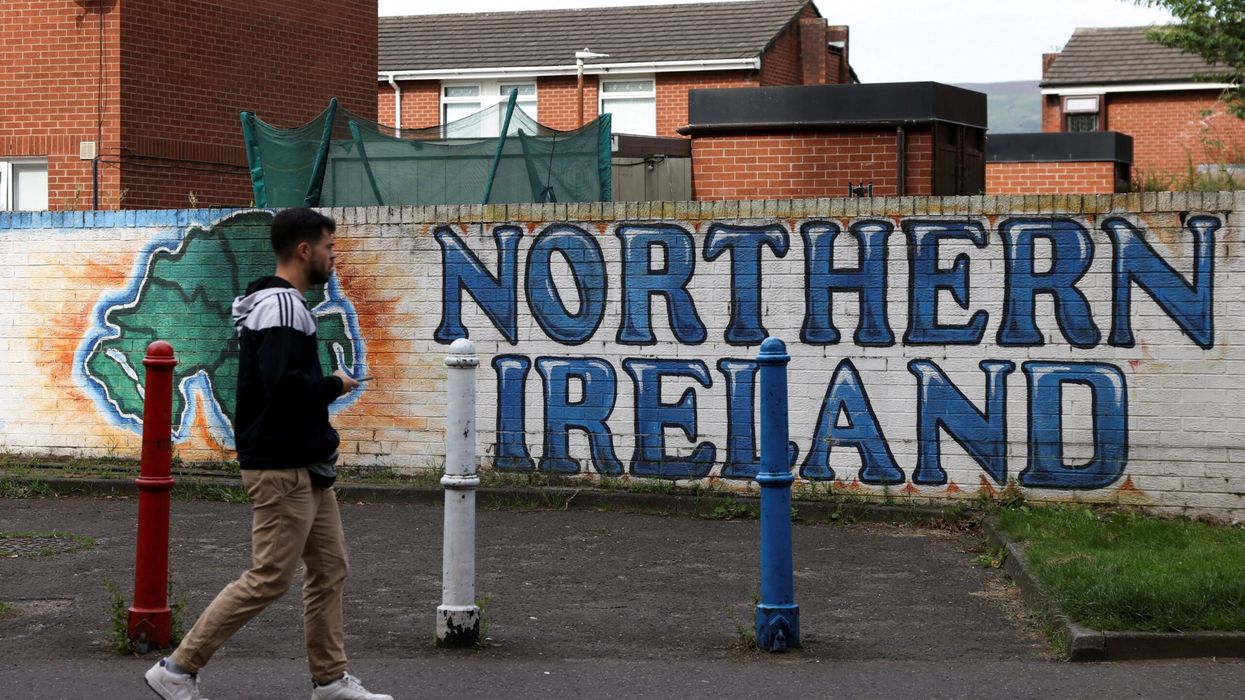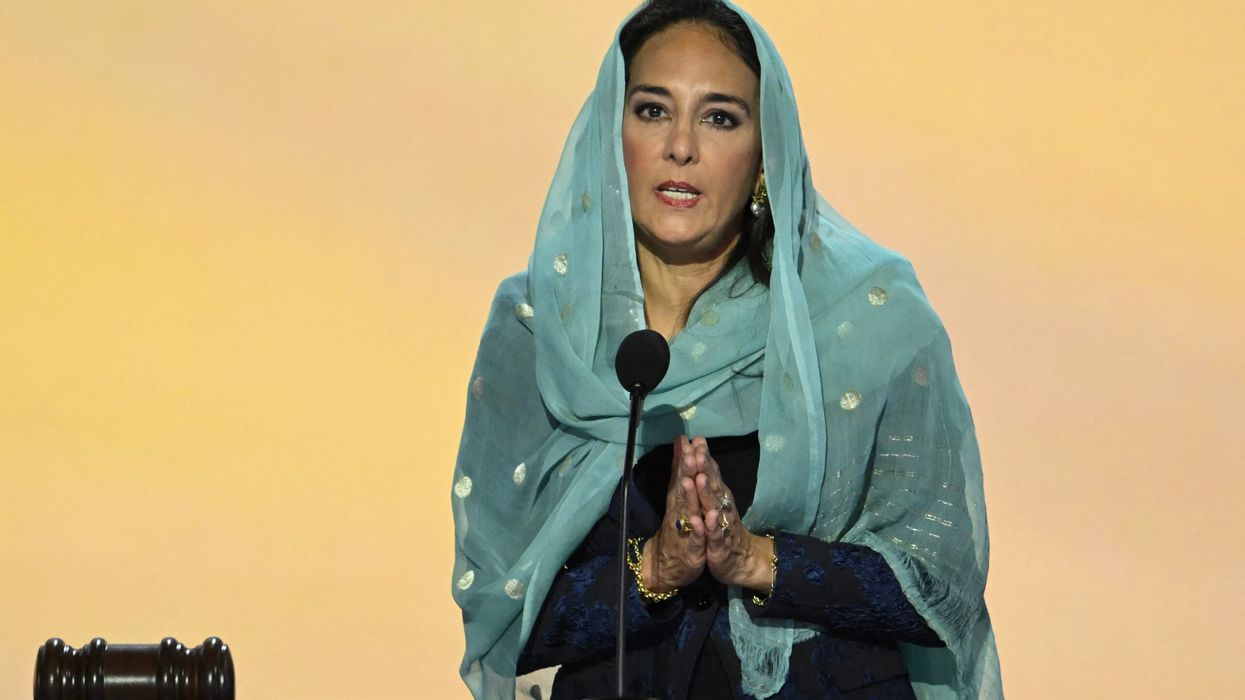By Nadeem Badshah
BRITISH Asians with a disability have been among the hardest hit during the coronavirus pandemic, experts have pointed out.
Charities have highlighted the closure of face-to face-support services and how vulnerable people were feeling lonely after being isolated from loved and carers while shielding.
The death rate in 2020 from all causes was 4.5 times higher for British Asians with a learning disability than in the previous two years, compared to 1.9 times higher among the white population, according to a recent study by Public Health England.
The data also showed that 6.5 per cent of people with a learning disability who died from coronavirus were of south Asian heritage. The proportion of Covid-19 deaths in people with learning disabilities from an Asian or black background was around three times the proportions of deaths from all causes in these groups in previous years, the figures revealed.
Ramesh Verma, founder of the Ekta Project charity in London – which supports the elderly Asian community – told Eastern Eye: “They (Asians) are the most affected group of people.
“Some do not speak the language, their friends and relatives live far away.
“A few need a wheelchair and need a key worker to take them around. Now, however, some do not come around to their homes.
“Some are blind or are partially blind. Only a few of my members are getting carers for baths, feeding, changing their clothes.
“Family members are helpless, they live far away and cannot deliver food every day. Some have told me, ‘we are untouchable’. It breaks their hearts that their family cannot come inside.”
Verma added that a further barrier has been the funding cuts to tailored services which support the Asian community, including those such as Ekta.
“There was a service called Tiffin Wali in Newham [east London] delivering food for six months. Now their funding has finished.
“I am also worried there will be mountains of people suffering with mental health problems when this pandemic is over.”
A recent study by charity Mencap found that 70 per cent of family carers in the UK reported their loved one’s social care support had been cut when they needed it the most during the pandemic.
And nearly nine in 10 people with a learning disability had still not had all their social care support reinstated in November.
Ismail Kaji, a parliamentary officer at Mencap who has a learning disability, told Eastern Eye: “Lockdown has been a lonely time for everyone. A lot of Asian people with a learning disability, like me, have found it very challenging.
“Many people within the Asian community get support from their extended family and, if they are religious, from their mosque or temple. But this hasn’t been easy with social distancing rules, and it has left people feeling isolated.
“Many people with a learning disability have also had their social care cut at a time when they needed it most during the pandemic. It can be difficult for them to access support because information is not always available in an easy-to-read format. Not everyone can access support online if they don’t have the technology.
“But this can be even harder for some Asian people with a learning disability if English is not their first language. It can put even more barriers in the way of them getting the support they need.”
Kaji added that Mencap is also calling for all people with a learning disability to get priority access to the vaccine.
“The government and NHS must also make sure that there is easy-to-read information about the vaccine to help people with a learning disability, and especially those within the Asian community, to understand that it is safe and will help saves lives.”
Separate research by Citizens Advice found that both BAME people and those with a disability were more likely than the UK average to have fallen behind on paying household bills.
Mandy Sanghera, a government adviser on disability issues, said: “Inequalities have come to the surface and it has shone a light on the impact. Carers are at breaking point without a regular break from their caring duties.
“Schools have been closed and children with disabilities have been affected, especially children with autism who need routine and structure. Parents of disabled children are frustrated at the impact Covid-19 has had on support compared to before lockdown.”
Services for the Asian disabled community include the charity Include Me Too, which is running online workshops free of charge to support parents, carers and families with disabled children and young people.
Charity ParaStars Yoga has created an online dance and yoga platform free of charge for disabled children and adults.
James Taylor, from disability equality charity Scope, said from the increase in demand of its family support services and helpline, coronavirus has had “unbearable consequences on the mental health and wellbeing of disabled people and carers”.
He added: “Respite care breaks and day centres can play an important role in helping relieve some of the pressures families face, and some families are struggling on alone, day and night.
“Social care support helps disabled children get the best start in life and, without it, they can become isolated.
“Disabled people’s health, wellbeing and finances must not be forgotten in the nation’s recovery plan. The government needs to prioritise disabled people’s access to the support they need through the pandemic and beyond.”
An estimated one in six people from the south Asian community live with an impairment or a health condition.
Shani Dhanda, founder of the Asian Disability Network, has shared her experiences of loneliness at different points in her life.
The entrepreneur said: “Growing up in my community and in my family, there was no one ever who could relate to that experience [of disability]. Although people try to empathise and do their best to understand, it’s just not the same. You’ll never understand it unless you actually go through it. That brings about a feeling of loneliness. I felt it in friendship circles, family things.”
Meanwhile, MPs have called for an independent inquiry into why so many disabled people have died from coronavirus, and the role the government and other public bodies may have played.
Overall, the death rate for people aged 18 to 34 with learning difficulties was 30 times higher than non-disabled people in the same age group.
In December, the Commons women and equalities committee cited problems faced by the disabled community during the pandemic. These included access to food and the failure to provide a British Sign Language interpreter during the government’s live TV briefings and other public health information.
According to a parliamentary select committee report, social care needed an injection of at least £7 billion a year in England to address rising levels of need among older and disabled people and to improve pay and skills for care workers.
A government spokesperson said: “During this unprecedented time, the government has ensured that disabled people have had access to employment support, benefits, financial support, food, medicines, as well as accessible communications and guidance.
“We regularly engage with disability stakeholders and people with disabilities to ensure their needs are considered as part of our response to Covid-19.
“We welcome the committee’s examination of the effects of the pandemic on disabled people and will respond in the new year”.












